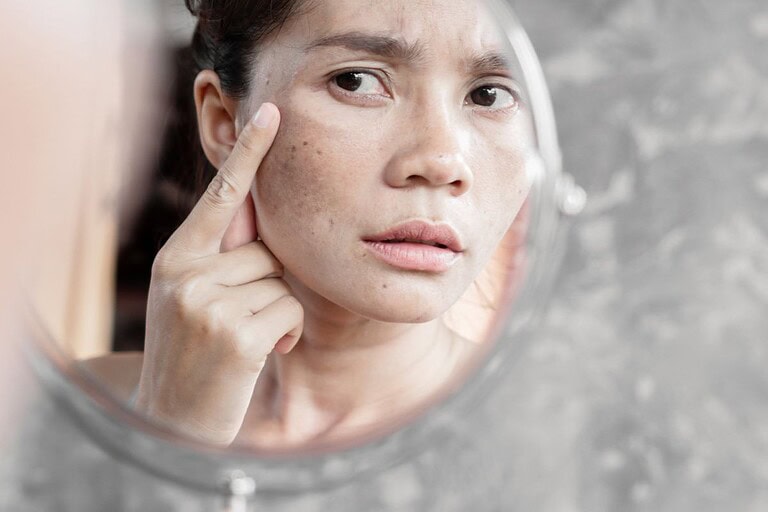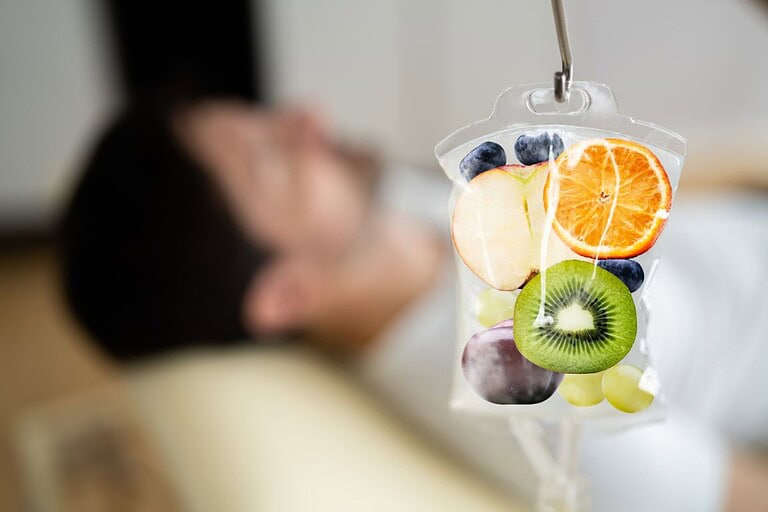When people think about body fat, they often picture belly bulges or double chin or love handles. But not all fat is created equal, and subcutaneous fat, while often considered less harmful than visceral fat, still plays a major role in how our bodies function, look, and feel.
In this blog, we’ll break down what subcutaneous fat is, why it matters, and how to reduce it in a safe, effective way.
What Is Subcutaneous Fat?
Subcutaneous fat is the layer of fat that sits just under your skin. It’s the kind you can pinch on your arms, thighs, hips, and abdomen. Unlike visceral fat (which wraps around internal organs), subcutaneous fat is more visible and tends to accumulate in areas based on genetics, hormones, and lifestyle.
It plays several roles:
- Acts as insulation to regulate body temperature
- Serves as energy storage
- Provides cushioning to protect muscles and bones
- Releases hormones that communicate with the brain and body
However, too much of it, or too little can be problematic.
Why Is Too Much or Too Little Subcutaneous Fat a Problem?
While some fat is essential for health, an imbalance in subcutaneous fat can lead to issues:
Too much:
- Increases the risk of metabolic disorders when paired with visceral fat
- May cause inflammation due to fat cell overload
- Contributes to poor body image or self-esteem issues
- Can limit mobility or cause joint strain
Too little:
- Often seen in very lean individuals or athletes
- Can cause hormonal imbalance and menstrual irregularities in women
- Leads to loss of skin elasticity, making skin look saggy or aged
- May reduce natural protection against impact or cold
Some people, especially who are slim but sedentary or post-weight loss, may develop “low subcutaneous fat syndrome” in areas like the buttocks, thighs, or face, making the skin appear flat, soft, or prematurely aged.
How to Fix Subcutaneous Fat Imbalance
Depending on your goal, reducing excess fat or improving low-fat areas, the solutions are different:
If You Have Excess Subcutaneous Fat:
- Exercise regularly
- Mix cardio (like running or cycling) with resistance training to promote fat burn and muscle gain.
- Focus on nutrition
- Reduce processed foods and sugar; prioritize lean protein, fiber, and healthy fats.
- Try non-invasive body contouring
- Technologies like CoolSculpting, Exilis Ultra 360, or radiofrequency can selectively reduce fat cells without surgery.
- Stay hydrated and sleep well
- Hormones that regulate fat storage are influenced by sleep and stress.
If You Have Too Little Subcutaneous Fat:
- Add strength training
- Building muscle can restore volume and improve tone.
- Support skin health
- Collagen-boosting skincare, supplements, or treatments like microneedling or radiofrequency can help tighten loose skin.
- Targeted treatments like Emsculpt
- This technology builds muscle and improves the shape of areas with low subcutaneous fat, especially the abdomen or buttocks.
- Smart combination programs
- At Siam Clinic, our 4-week Smart Body Contouring Program combines Emsculpt and Exilis Ultra 360 to treat low subcutaneous fat while improving muscle tone and skin elasticity.
Final Thoughts
Subcutaneous fat isn’t just about appearance. It plays an important biological role. Whether you’re dealing with too much fat or feel like your skin has lost its firmness, there are modern, non-invasive solutions to help you feel confident and balanced in your body again.
If you’re visiting Phuket and want to take advantage of your time here, our Smart Body Contouring Program at Siam Clinic offers a scientifically-backed, time-efficient approach to body transformation.
Learn more: www.siamclinicthailand.com
Book a consultation: +66(0)88-448-6718



